Assassin's Creed: Valhalla — Exploring the 10 main locations in England
A deeper drive into the etymology of the main game locations in England.
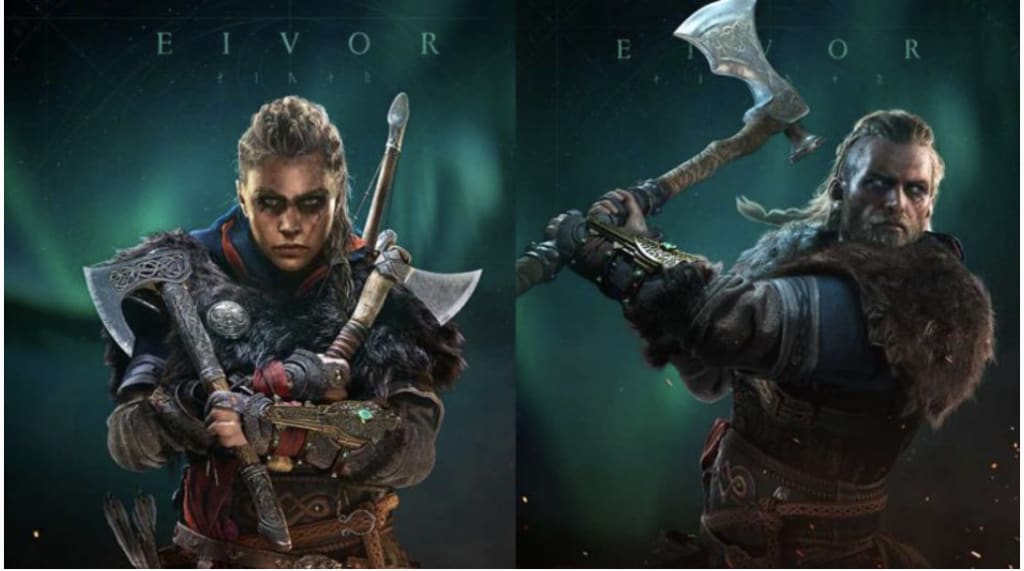
If you've played the latest version of the Assassin's Creed anthology, you will have probably enjoyed exploring familiar towns and cities throughout England as our favourite drengr, Eivor. But have you wondered about the names of these places and how much influence the Vikings, Romans and Anglo-Saxons actually had through invading and settling in Britannia?
Quick note before we begin:
'scire' rather than the 'shire' refers to the pronunciation of 'sc' as 'sh' in Old English.
Now you're prepped.... let's get exploring!
1) Oxenefordscire
The county of Oxfordshire as we know it now, has its roots in the Anglo-Saxon or 'Old English' language that dominated England in the 5th - 7th centuries.
This comes from 'oxa', referring to ox and 'forda', a shallow part to cross the river, proving that Oxford has always had strong links to a farming community. These links are very obvious as you explore Oxford before teaming up with Sigurd and Basim on their quest to find the mysterious Saga Stone.
Fun fact: Originally, Oxnaford was first recorded 912 a.d. and later recorded as 'Oxeneford' in the Domesday Book.
2) Jorvik / Eurvicscire/ Eorforwicscire
Ever wondered why Jorvik wasn't in Jorvikscire on the game map of England? Well, by the time our lovely Norse and Danes had invaded Britannia, the modern city of York was already a thriving market town.
The ancient Britons had called this area Eboracon which later turned into the Roman Eboracum meaning 'place of yew trees' when they settled here in 71 AD.
This later became Eofurwic which meant 'boar town' in Old English. When Eivor arrives, the Old English name was quite hard to pronounce for the Norse warriors, who soon referred to it as Jorvik, which the modern city name is directly descended from! Eivor can experience the numerous, bustling merchants, along the river in particular, and through the Coppergate marketplace that still exists today.
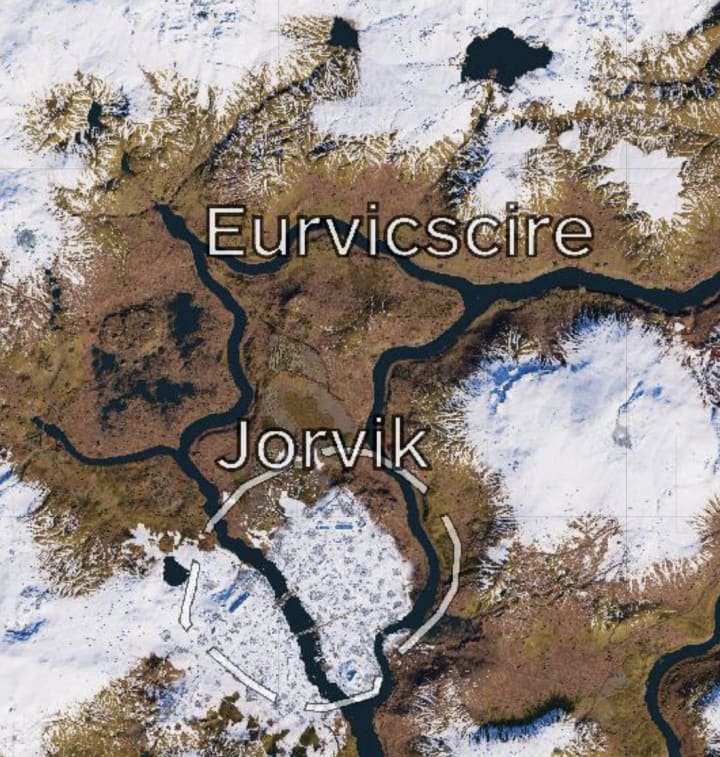
3) Ledecestrescire
Ledecestre is one of the first places Eivor visits in order to secure alliances for Ravensthorpe early in the game. It's also where our hero meets sons of Halfdan, Ubba and Ivar Ragnarsson.
The earliest recorded mention of this shire is under the Brittonic name Lægrecastrescir whereas a short time later in the Doomsday Book, it had transformed into the Old English Ledecestrescire.
'Lede' is reportedly stemmed from the Celtic name 'Ligore', combined with the Old English suffix 'ceaster' which symbolises a Roman town had occupied the site. Within the game, we can see the remains of the Roman settlement, and the Roman baths in particular, as Eivor explores the area.
4) Grantebridgescire
Now, it took me far too long to realise (and of course confirm through Google) that Grantebridge was actually Cambridge! This is another early area to explore in the game where Eivor makes a great ally in Soma Jarlskona as they fight against the order of the ancients.
The earliest known mention of Cambridgeshire was the Old English Grantabrycgscīr. The town itself Grantebridge (Grantanbrycg) was named after the 'Bridge on the River Granta'. The modern name of Cambridge stems from the Norman influence of the city from the 12th century.
Fun Fact: Normally, a town or village is named after existing features such as rivers or mountains. However, as Grantebridge turned to Cambridge, the river Granta was then changed to the River Cam in order to match!
5) Lunden
The current capital of England has seen it's fair share of name changes over the years, however, it hasn't changed too much to still be recognisable.
Historians believe people have been settled in this area for thousands of years, however, the original Celtic name of this area was Lowonidonjon. When the Romans settled here in 43AD, it became known as Londinium. As the Romans left and the Anglo-Saxons settled in the area in the 7th-8th centuries, the port near Covent Garden was renamed Lundenwic. The meaning of this name translates to 'London settlement' and it would have been similar to the bustling market town Eivor experienced as she/he searched for more members of the Order of the Ancients.
Later in the city's history, Alfred the Great then settled inside the Roman walls of the city and renamed his improved stronghold 'Lundenburh' which is Old English for 'fortified town of London'. In the next couple of hundred years, especially after the Norman invasion, the capital went through slight grammatical changes from Londoun, Lundin, Lunden and Londen before settling on the modern London we know today.
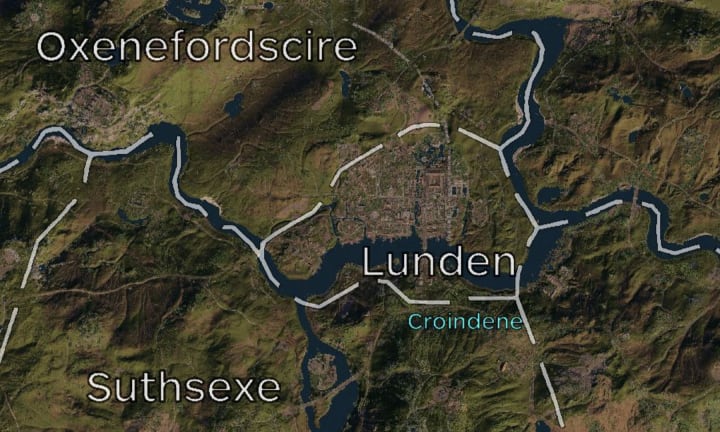
6) Glowecestrescire
The modern town of Gloucester began life as a Roman town in 49AD, as it was seen as the perfect place to build a town. This is because it lies on the first possible river crossing of the River Severn, which was a very strategic stronghold. A fort was then built in 64AD and it was known as Glevum (taken from an earlier Brittonic name meaning 'bright place').
Almost a decade later, when the Roman army moved on from the settlement, the town became a retirement-like village for soldiers from 75AD. In the 6th century, the Saxons then captured Glevum and the town was renamed Gleawcester or Glowecestre, which literally means, 'Roman town called Glevum', very original there Saxons!
Exploring this town is probably one of the most light-hearted moments in the game which sees Eivor taking part in an early pagan festival called Samhain. This involves Gunnar asking Eivor to dress up as a benevolent spirit called Mari Lwyd and trick or treat around the village of Glowecestre.
7) Snotinghamscire
Arguably one of the strangest place names in the game, the modern city of Nottingham actually derives from Snotingham!
The first settlers here were the Anglo-Saxons when the land was a part of the Kingdom of Mercia. A man called Snot (I know) led his people here and settled in an area which is referred to now as the Lace Market. He named his village, Snotta inga ham.
Snot - referring to the leader of his people , inga - which means 'belonging t0' and ham - is the Anglo-Saxon word for village or settlement. Over time, Snotta inga ham became Snottingham and eventually Nottingham.
Dane invaders conquered Snottingham and turned it into a fortified settlement in the 9th century and in the game, Eivor can be seen travelling to this scire in order to seal another vital alliance for Ravensthorpe.
8) Lincolnscire
The first known settlers of the modern city of Lincoln, were the Brittonic people who gave it the name 'Lindon' stemming from the Celtic word 'lindo' meaning 'the pool' as they had settled near the waterfront. The Romans then entered the city between 50-60AD and built a wooden fortress at a vantage point on top of the hill. The Latinised version of Lindon was Lindum and later Lindum Colonia when it became a place for retired Roman soldiers.
The Vikings then settled in Lincoln in the 9th and 10th centuries and turned the settlement into a bustling trading post.
The Norman conquest then saw the building of Lincoln Castle and Lincoln Cathedral on the site of the old Roman fortress. By 1215, the city was known as Lincolnia, which has seen a slight change since to become the Lincoln we know today.
Eivor's mission in Lincolnscire is to help the loveable Hunwald secure his legacy and to find another member of the Order of the Ancients in the form of Bishop Herefrith. It's possible to see Viking links to the city to this day with streets such as: Danesgate (Street of the Danes) and Flaxengate (Street where flax is worked) nearby villages such as Whisby and Skellingthorpe were also settled at this time.
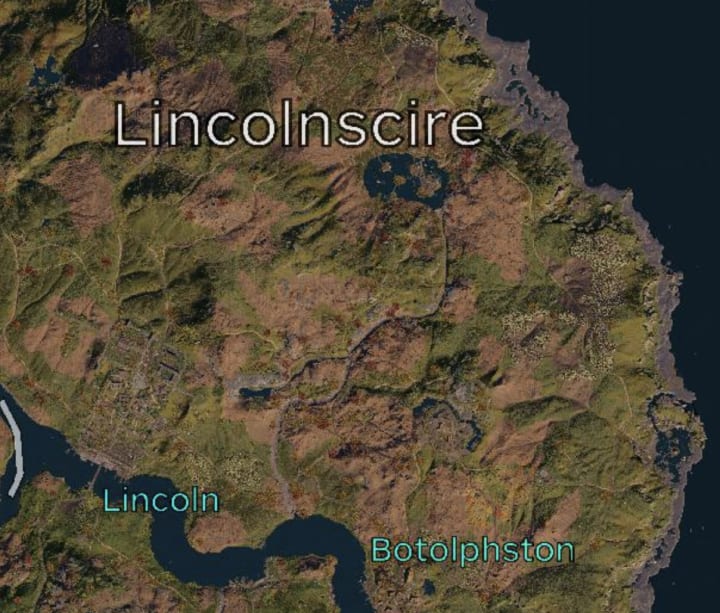
9) Hamtunscire
The precursor to the modern area of Hampshire, Hamtunscire actually means 'shire of Southampton'.
The city of Southampton was known as Hāmwic or Hāmtūn in Old English which meant 'home farm'.
'Ham' as we know from above refers to a home or settlement. 'wic' is Old English for farm or dairy farm. Also, 'tun' is Old English for farmstead or enclosure, which is probably why the name was interchangeable during the Anglo-Saxon occupation.
This scire sees one of the pivotal parts of the game as Eivor and her/his allies wage a final war against the King of Wessex!
10) Ravensthorpe
Where would this list be without mention of Eivor's own settlement in England, Ravensthorpe. The game does recap why the drengr calls her/his settlement but just in case you've forgotten... here we go.
As you might know, Eivor and Sigurd are part of the Raven clan and have departed Norway in search of their own grandeur in England and make for Halfdan Ragnarsson's abandoned settlement. The Raven clan renovate the area and make it their own, putting down their own roots with a view to becoming a powerful, thriving market town.
Raven - of course comes from the name of the clan.
Thorpe - refers to the Norse word for 'secondary settlement'. Now this may be the first settlement in England for the clan, however, this is the second home for all of the clan who have travelled over the 'whale-road'.
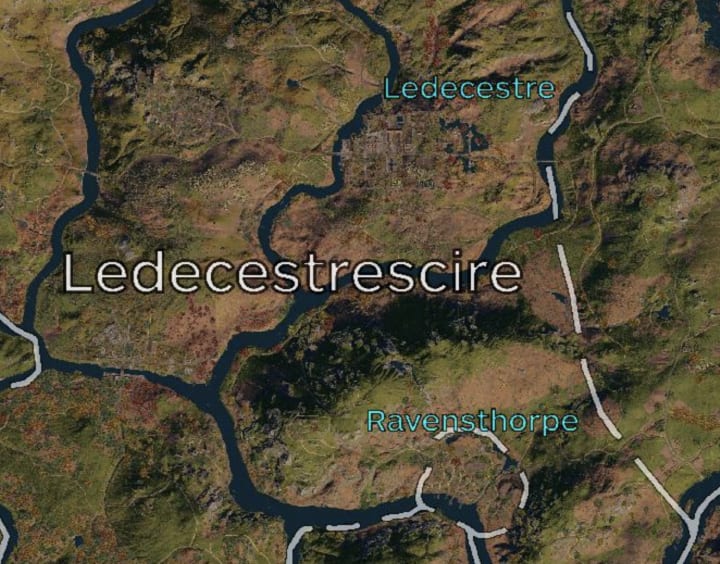
And there we have it, the top 10 locations in AC:Valhalla and their etymological roots explored!
If you've enjoyed this article, then please do check out my others that explore: Latin roots in Harry Potter, Fact vs Fiction in the Prince of Egypt and many more!
About the Creator
T. Freya Taylor
Im Freya, archaeologist, teacher and proud Ravenclaw and officially a published author (check out ‘The Mummy’s Curse: Secrets and Senet!) I’m fuelled by my passion for ancient history, culture and mythology, especially ancient Egypt.
Enjoyed the story? Support the Creator.
Subscribe for free to receive all their stories in your feed. You could also pledge your support or give them a one-off tip, letting them know you appreciate their work.

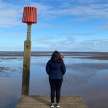





Comments
There are no comments for this story
Be the first to respond and start the conversation.